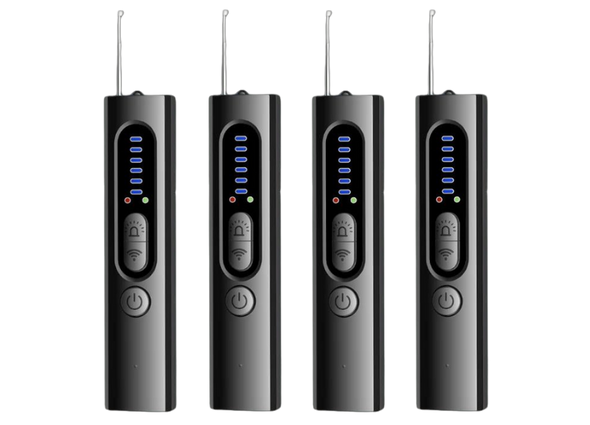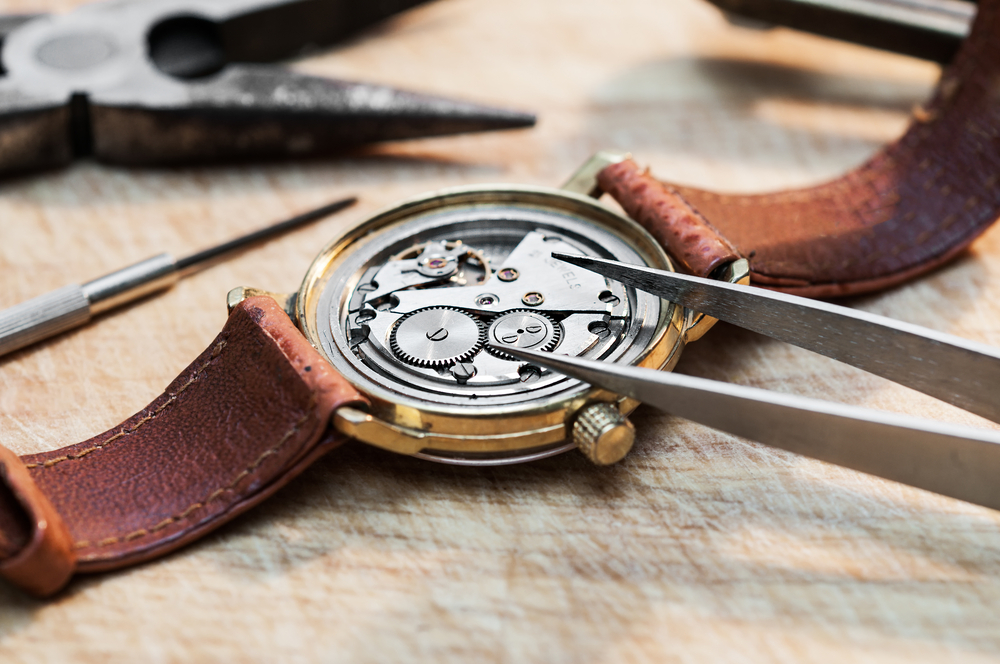
In a world where privacy is increasingly under threat from the advancement of technology, bug detectors have become essential tools for safeguarding your personal and sensitive information. Bug detectors are devices designed to detect hidden cameras, audio recording devices, GPS trackers, and other surveillance equipment that may be used to violate your privacy.
Types of Bug Detectors
Radio Frequency (RF) Detectors
- RF detectors are used to detect radio signals emitted by bugs such as listening devices and hidden cameras.
- They can detect wireless signals within a certain frequency range, alerting you to the presence of a bug.
Camera Detectors
- Camera detectors use infrared technology to detect hidden cameras that may be recording your every move.
- They can scan a room for any lenses or camera sensors that are not visible to the naked eye.
GPS Trackers Detectors
- GPS tracker detectors are specifically designed to locate and disable GPS tracking devices that may be used to monitor your whereabouts.
- They can help you maintain your privacy by ensuring that your movements are not being tracked without your consent.
How Bug Detectors Work
Bug detectors work by scanning the surrounding area for any signs of electronic signals that are commonly emitted by surveillance devices. Depending on the type of bug detector, they may detect radio frequencies, infrared signals, or GPS tracking signals. When a bug detector detects a suspicious signal, it will alert you through visual or auditory indicators, allowing you to locate and disable the surveillance device.
How to Use Bug Detectors
Using bug detectors effectively requires a systematic approach to sweep for surveillance devices in your home, office, or vehicle. Here are some steps to follow when using bug detectors:
- Turn off all electronic devices in the area to reduce interference.
- Start the bug detector and slowly scan the room in a methodical manner.
- Pay attention to any alerts or signals from the bug detector indicating the presence of surveillance devices.
- If a bug is detected, investigate the area carefully to locate and disable the device.
- Repeat the sweep periodically to ensure that no new surveillance devices have been planted.
Tips for Choosing a Bug Detector
When selecting a bug detector, consider the following factors to ensure you get a reliable and effective device:
- Frequency Range: Choose a bug detector with a wide frequency range to detect a variety of surveillance devices.
- Portability: Opt for a compact and portable bug detector for easy use in different locations.
- Battery Life: Select a bug detector with a long battery life to avoid frequent recharging.
- Alert System: Look for bug detectors with visual and auditory alerts for easy detection of surveillance devices.
- Additional Features: Consider bug detectors with additional features like camera detection or GPS tracking detection for comprehensive surveillance detection.
Conclusion
Protecting your privacy in the digital age is more important than ever, and bug detectors are powerful tools to help you safeguard your personal information. By understanding the types of bug detectors available, how they work, and how to use them effectively, you can take proactive steps to prevent unauthorized surveillance and protect your privacy.



